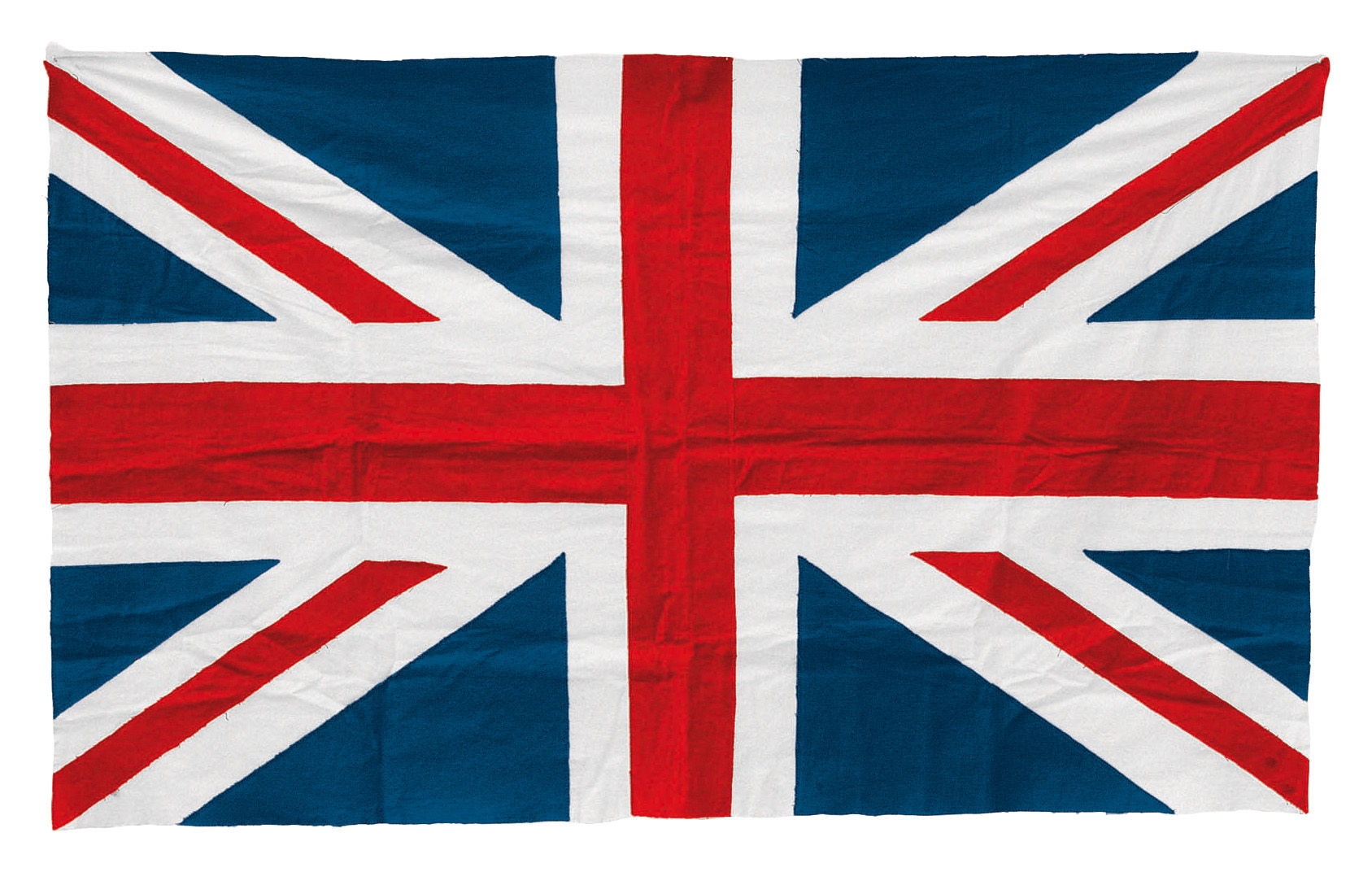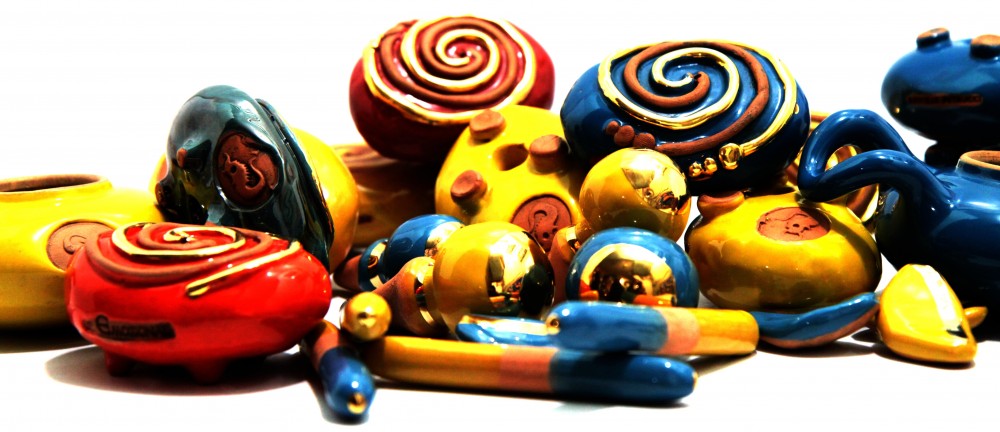Ho piacere inserire un contributo molto interessante del Tecnico Olistico Francesca Romana Strocchio: QUANTO IN UN MASSAGGIO…
ComeTeLuce
Francesca Romana Strocchio
Nella mia esperienza di Tecnico Olistico ho potuto verificare quanto sia importante prima di effettuare un massaggio dedicare almeno venti minuti al rilassamento del mio corpo e della mia mente, tramite la meditazione.
Suggerisco quindi di sedersi su una sedia comoda e cercare piano piano di rilassare tutti i muscoli del proprio corpo, dai piedi, alle gambe, al bacino, al torace, alle braccia, alla testa, portando l’attenzione su di essi, prendendo consapevolezza di quella particolare parte del corpo e poi lasciando andare il pensiero su un’altra parte.
Contemporaneamente è utile utilizzare questa tecnica accompagnandola con una respirazione sempre più profonda, inspirando tramite il naso, diaframmaticamente, ed espirando dalla bocca.
A questo punto la mente sarà sempre più priva di pensieri che come sappiamo è abituata a formulare.
Cercare di continuare a respirare liberamente,rilassarsi sempre di più e rimanere così, quanto più si riesce, senza sforzarsi di non pensare, ma accogliendo i pensieri che arrivano, osservandoli per un attimo e lasciandoli scorrere via da sé.
Per chiudere la fase di rilassamento (o di meditazione), si può riportare l’attenzione sulla propria respirazione, prima libera, poi a quattro tempi, come prima.
Si deve riacquisire con i propri tempi consapevolezza del proprio corpo, riportando l’attenzione sulle mani, sui piedi, facendo piccoli movimenti con le dita delle mani e dei piedi e muovendo lentamente le gambe e le braccia, aprendo gli occhi (se prima erano stati chiusi, ma non è indispensabile chiuderli), facendo piccoli movimenti con la testa, “destandosi”, se così si può dire, visto che prima non si dormiva, ma si meditava.
Ora si è pronti per eseguire un buon massaggio infondendo al ricevente calma, rilassamento, tanto più intensi, quanto più lo stato raggiunto durante la meditazione precedente è stato intenso e quanto più si riesce a far sussistere questo stato durante lo stesso massaggio.
IL TOCCO NON ESISTERA’ PIU’
E’ quindi molto utile dedicare almeno venti minuti alla meditazione o comunque ad una “RESPIRAZIONE CONSAPEVOLE” perchè si possa giungere rilassati al momento del massaggio. Il ricevente sentirà questo stato in cui si trova l’operatore, rilassandosi a sua volta, così come l’operatore troverà giovamento e ulteriore rilassamento nel massaggiare. Più le tensioni dell’operatore saranno allentate, più egli stesso si lascerà andare in quello stato ottimale in cui non sarà più la sua volontà a dirigere i movimenti ma una danza cosciente che lo farà sentire un’unica cosa con l’energia del ricevente e con ciò che c’è tra lui e il ricevente.
In questa danza, l’operatore avrà la sensazione e la consapevolezza di non massaggiare più il corpo, la pelle del ricevente, bensì la Persona davanti a lui, nella sua completezza, prendendosi quindi cura dell’essere completo. C’è quindi un’interazione tra due esseri, che parte da un’interazione tra gli stessi campi elettro – magnetici emessi dai loro corpi (da ogni cellula che li costituisce), dal loro cuore e dalla loro corteccia cerebrale. E sarà sentita a livello di consapevolezza ampliata, in quel particolare stato in cui operatore e ricevente comunicano a livello sottile e diventano un’unica cosa. Più si amplifica il livello di rilassamento, prima e durante il massaggio, più è possibile riuscire a meditare anche durante il massaggio, danzando letteralmente.

Una tecnica che non è più tecnica, manovre di massaggio che prendono vita.
Il tocco non esisterà più, la pelle delle mani dell’operatore si confonderà con la pelle del corpo del ricevente.
L’operatore e il ricevente prenderanno consapevolezza che il contatto che pensiamo ci sia tra un oggetto e un altro, in realtà è dovuto a “qualcosa” che non è “materiale”, se osservassimo nel piccolo, ma ha a che fare con le interazioni presenti tra gli atomi di uno e gli atomi dell’altro, tradotto fisicamente in termini di energia.
Quindi un massaggio inteso come scambio di energia e come interazione tra energia dell’operatore e energia del ricevente.
Anzi è più opportuno dire Energia Operatore ed Energia Ricevente, visto che essi stessi sono energia.
Un massaggio fatto bene, non tanto tecnicamente, quanto amorevolmente, non giova solo al ricevente ma anche all’operatore.
Chiunque abbia un sentimento d’amore dentro di sé verso l’ “esterno” può trasmetterlo agli altri tramite il massaggio.
La sua energia, guidata da questo sentimento sarà diffusa attraverso il “tocco” nel “corpo” dell’altro. Il tocco è una prova che ancora ci serve perchè ancora non siamo completamente sensibili alla presenza dell’altro “ascoltando” solo l’energia che emette. ComeTeLuce
Francesca Romana Strocchio

I am pleased to write in a very interesting contribution by Holistic Technician Francesca Romana Strocchio: HOW MUCH IN A MASSAGE
“An intense preparation for a time to dedicate to everyone’s own introspection, by which the empathic dedication to the welfare of anyone flourishes”
ComeTeLuce
Francesca Romana Strocchio
www.relax-luce.blogspot.com
In my experience as Holistic Technical I could see how important it is, just before making a massage, to devote at least twenty minutes to relax my body and my mind through meditation.
Therefore I suggest you to sit in a comfortable chair and slowly try to relax all the muscles of your body, from the feet, legs, pelvis, chest, arms and head, bringing attention to them, becoming aware of that particular part of the body and then letting your thought leave away.
At the same time, it is useful to use this technique accompanying it with a deeper and deeper breathing, inhaling through the nose, with the diaphragm, and exhaling through the mouth.
At this point the mind will be increasingly devoid of those thoughts which, as we know, it uses to formulate.
 Try to keep breathing freely, relax more and more and stay that way as much as you can, without trying not to think but by accepting the thoughts that come in the meanwhile, watching them for a moment and then letting slide away by themselves.
Try to keep breathing freely, relax more and more and stay that way as much as you can, without trying not to think but by accepting the thoughts that come in the meanwhile, watching them for a moment and then letting slide away by themselves.
In this condition, the cerebral hemispheres begin to synchronize (as evidenced by studies by neurophysiologist Nitamo F. Montecucco) and the sensations you start to feel are more and more relaxation, calm and, if meditation is deeper, pure awareness.
To close the relaxation phase (or meditation), you can bring attention to breathing, first free then in four times, as before.
It takes time to everyone in order to regain pace and body awareness, bringing attention to the hands, feet, making small movements with the fingers of the hands and feet and slowly moving the arms and legs, opening her eyes (if they had previously been closed, but it is not necessary to close them), making small movements with the head – “waking up”, if I may say so –since it was not sleep but meditation.
Now you are ready to perform a good massage infusing calm to the receiving, as well relaxation, the more intense as the more intense was the state reached during the previous meditation, and the more you manage to last in such a phase during the massage.
TOUCH will not exist ANYMORE
Therefore is very useful to dedicate at least twenty minutes of meditation or, at least, a “CONSCIOUS BREATHING” since you can come relaxing at the time of the massage.
The receiver will hear this state in which the operator is located, relaxing in turn, as the operator will benefit and further relaxation in the massage.
More and more the tensions of the operator himself will be loosened, the more he will let himself go in a state in which his will no longer shall direct the movements but a conscious dance that will make him feel at one with the energy of the receiver and with what is between him and the receiver.

In this dance, the operator will have the feeling and the awareness of not massaging the body and the skin of the recipient but the person in its entirely, then taking care of the whole being in front of him.
So there is an interaction between two beings, which starts from an interaction between these electromagnetic fields emitted from the both of their bodies (from each cell that constitutes them), from their heart and from their cerebral cortex.
It will be felt at the level of expanded awareness, in that particular state in which the receiving and the operator will communicate at a subtle level and become one thing.
The further the level of relaxation is amplified, before and during the massage, the more you will be able to meditate even during the massage, dancing literally.

A technique that is not more technical, massage maneuvers that come to life.
The touch will no longer exist since the skin of the hands of the operator will merge with the skin of the receiver’s body.
The operator and the receiver will become aware that the contact you usually think as inbetween one object and another one, it is actually due to “something” that is not “material” if we look in the small, but it has to do with the interactions present between the atoms of one and the atoms of the other, physically translated in terms of energy.
Then a massage is understood as an exchange of energy and the interaction energy between the operator and the receiver’s energy. Indeed, it is more appropriate to say “operator energy” and “energy receiver”, since they themselves are energy. A well done massage, not so much technically, as lovingly, not only benefits the recipient but also to the operator. Anyone with a feeling of love inside himself going to the “outside”, can transmit it to other ones through massage.

His energy, guided by this feeling will spread through the “touch” in the “body” of the other. The touch is a proof that still serves us because we are not yet fully sensitive to the presence of the other “listening” only the energy it emits.
ComeTeLuce
Francesca Romana Strocchio













